In a recent update, Google has mandated that all third-party providers include a dedicated opt-out landing page within the New Merchant Experience (NMX) dashboard.
This page must clearly outline the steps a merchant can follow to disconnect their Google Business Profile (GBP) from any booking, waitlist, or food ordering application.
Regaining control from third-party providers on Google Business Profiles
Before this mandate, third-party service providers had significant control over Google Business Profiles, often leaving merchants unable to remove these integrations themselves and confused about where to turn.
When merchants sought help from support, they were advised to get in touch with the provider directly.

Guide to removing third-party providers
To disconnect a service provider from your Google Business Profile within the NMX dashboard, follow these steps:
- Navigate to Food Ordering.
- Choose the service provider you wish to remove.
- Click on Remove Provider.

Get the daily newsletter search marketers rely on.
Manage provider
The remove provider link is provided by the third-party integration.
When managing your Business Profile on Google, it is important to note that these links cannot be directly edited or removed unless the URL was manually added.
Instead, each provider provides a landing page that informs the merchant on how to disable the integration.
Some providers outline a step-by-step guide on disconnecting within their applications, while others have forms or direct the merchant to their support rep.
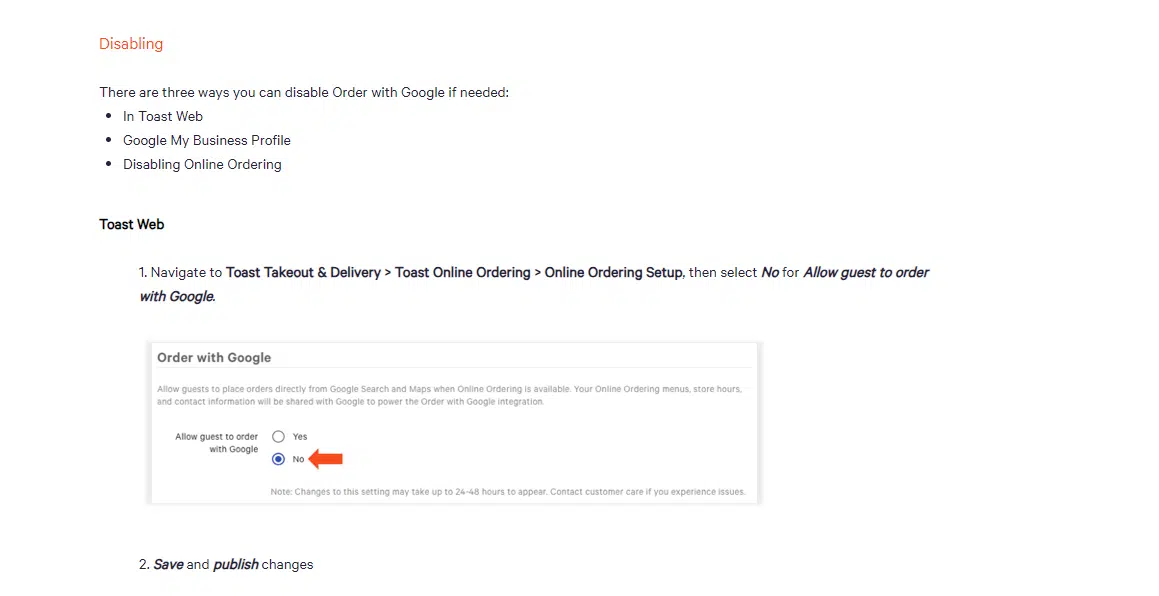
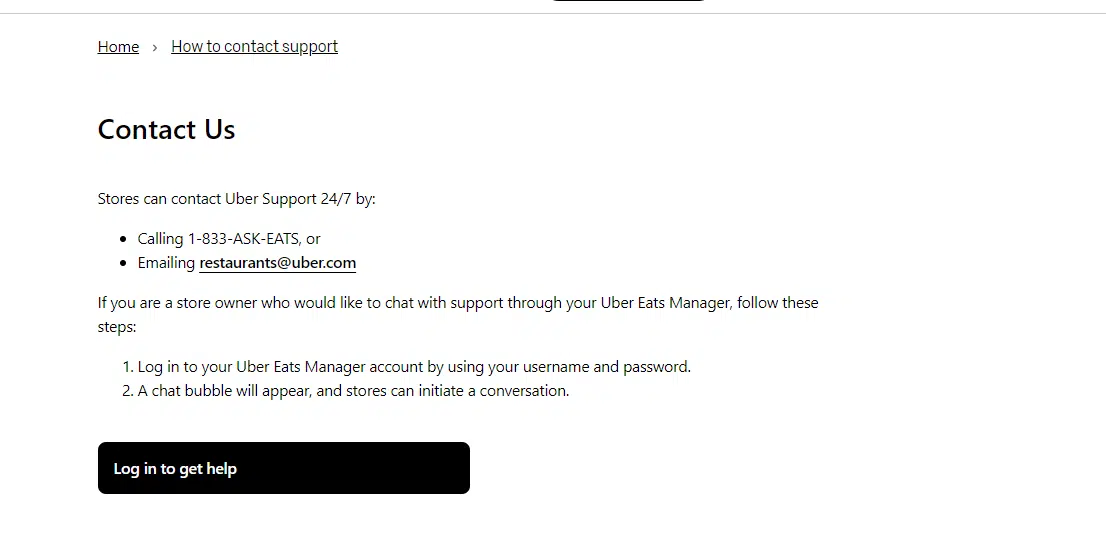
Google documents have been updated with the following:
“Providers need to remove third-party links from your profile within 5 days of receiving removal request. If a provider doesn’t process your request, report a violation.”
Too many options?
Food ordering pages can sometimes feel like they’re overflowing with options. Take DoorDash, which owns Caviar, and GrubHub, the parent company of Seamless, Eat24, and Tapingo.
The abundance of choices can lead to a merchant’s Google Business Profile looking too busy, confusing customers on where to place their orders.
With the recent updates, providers are now required to offer merchants an easy out for any service they’d rather not offer. This is great news for brands aiming to declutter their online ordering and booking options.
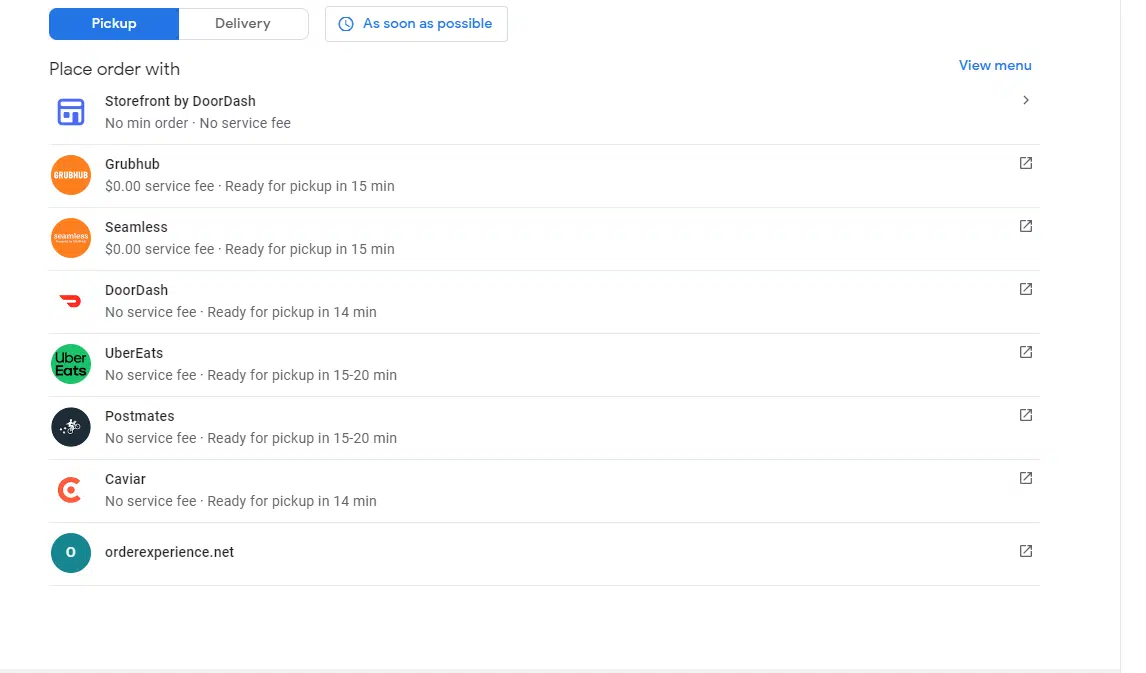
In light of the mandate, DoorDash launched a Google Form, allowing brands to tailor their offerings for all or some stores, with options to opt out of DoorDash, Caviar, or both.
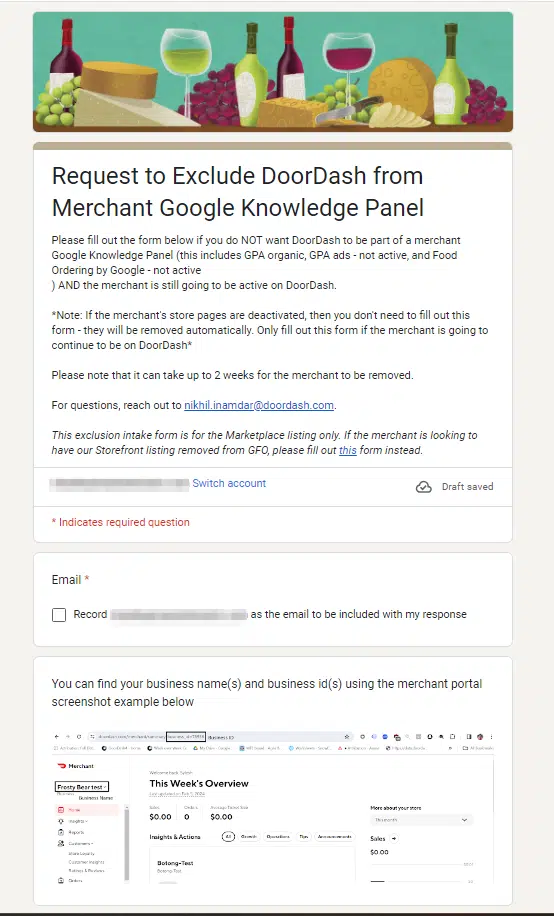
This shift is a real game-changer for business owners, opening up a new level of transparency.
Perhaps, from Google’s perspective, this new process can help reduce the number of support tickets they get about third-party removal requests.
The impact of third-party integrations on your Google Business Profile metrics
Merchants should weigh the pros and cons before deciding to cut ties with third-party providers. Dropping these integrations could have a direct impact on your performance metrics.
Remember, every interaction on your Google Business Profile (GBP) gets tallied up in your performance stats.
But if a third-party link sends a customer off to another site outside your GBP, that action won’t get counted in your metrics.
So, think it through. What will serve your business and customers best in the long run?
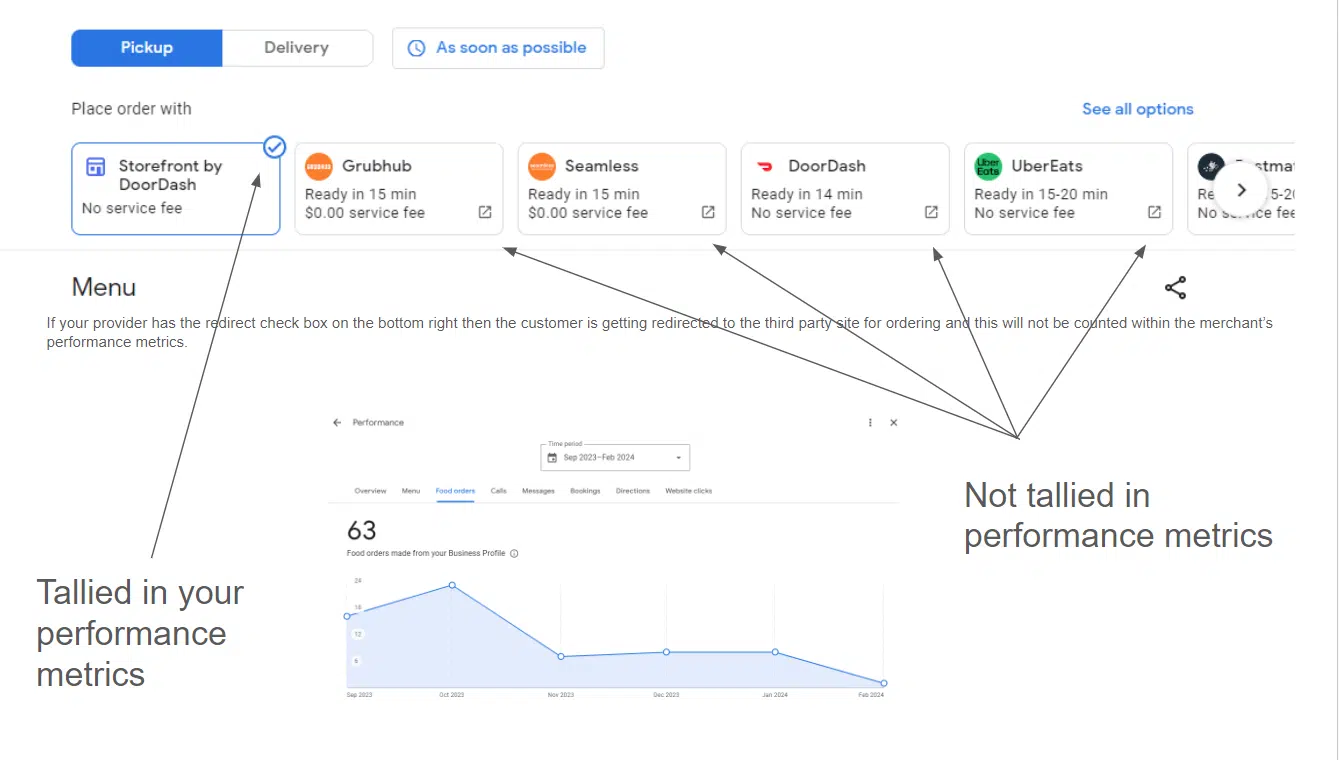
Dig deeper: How to manage and edit your Google Business Profile from Google search
Opinions expressed in this article are those of the guest author and not necessarily Search Engine Land. Staff authors are listed here.
Source link : Searchengineland.com
